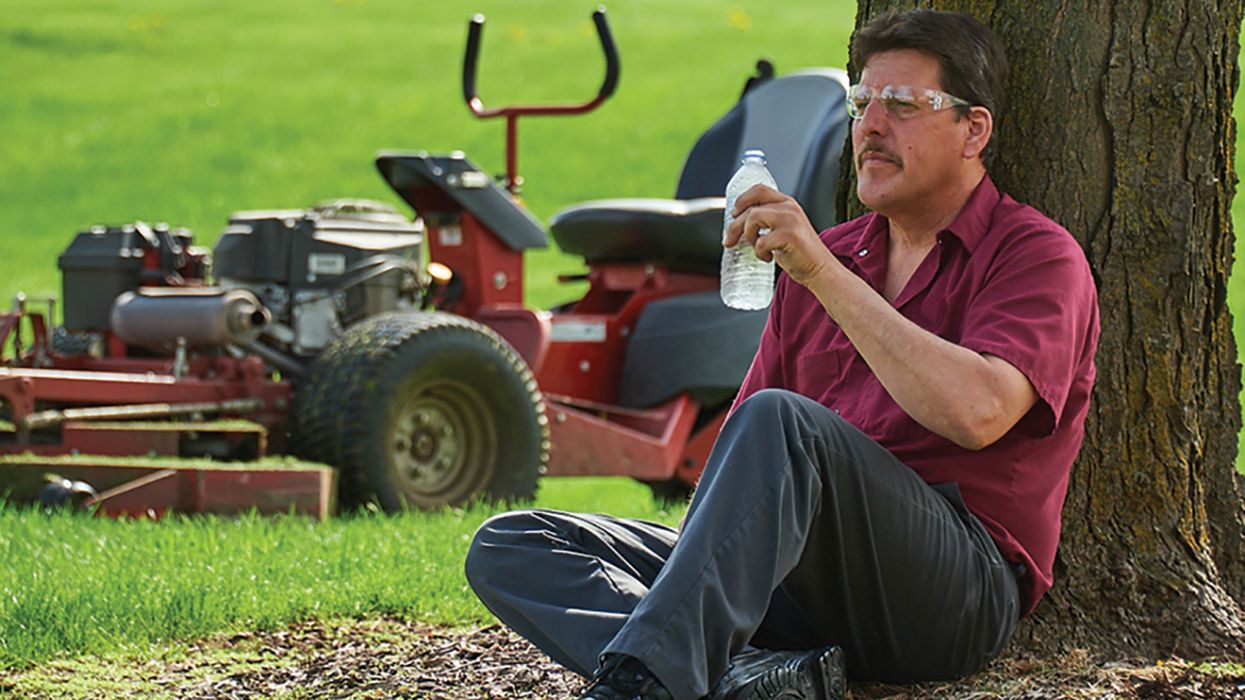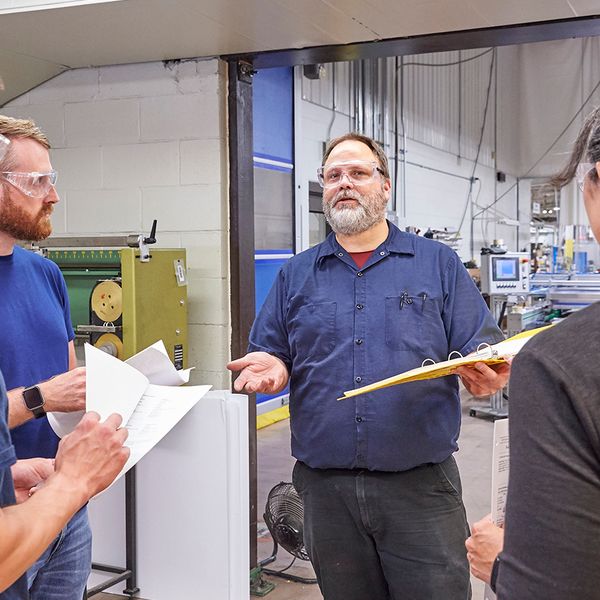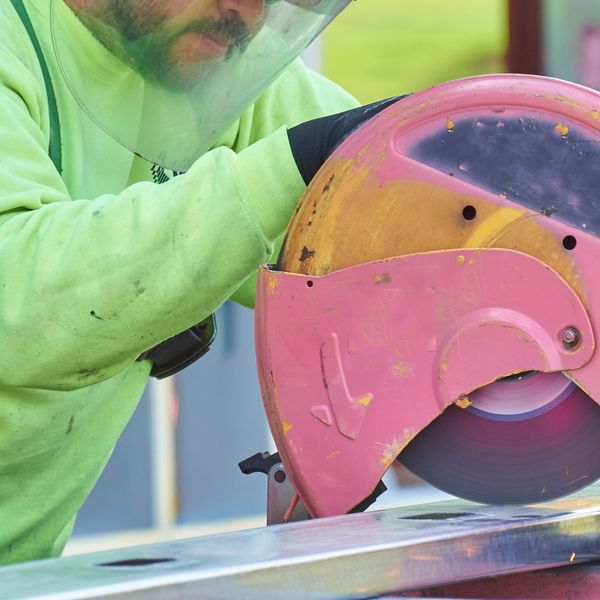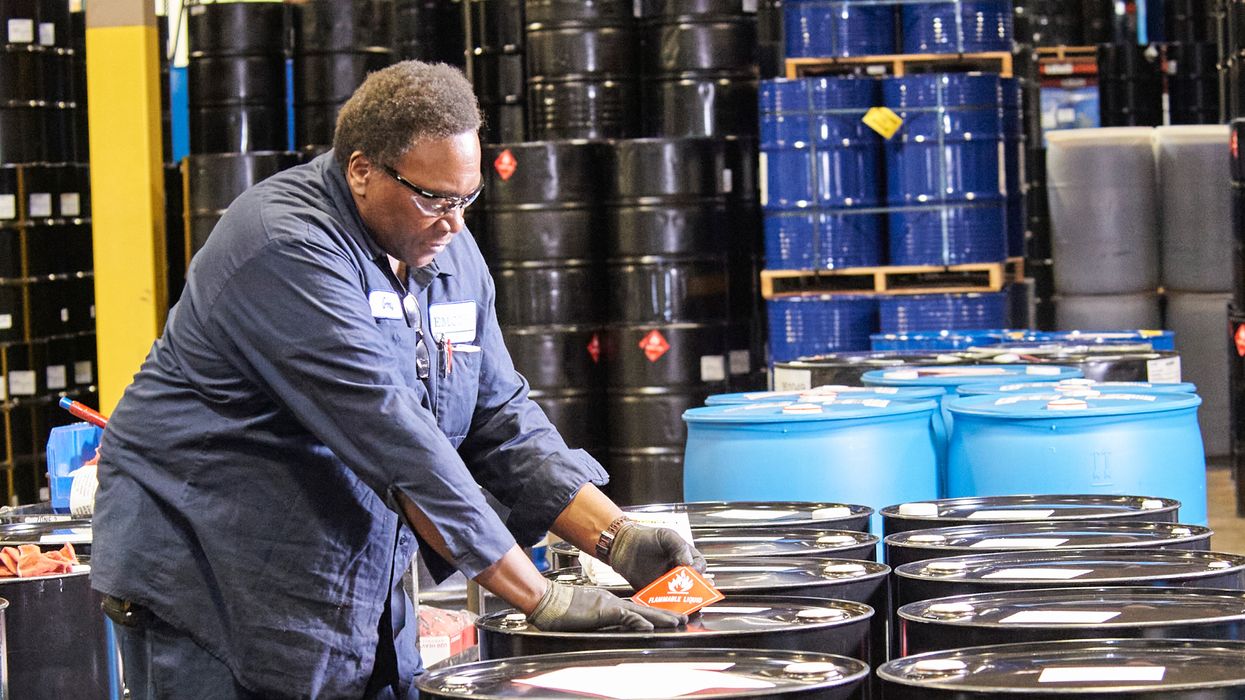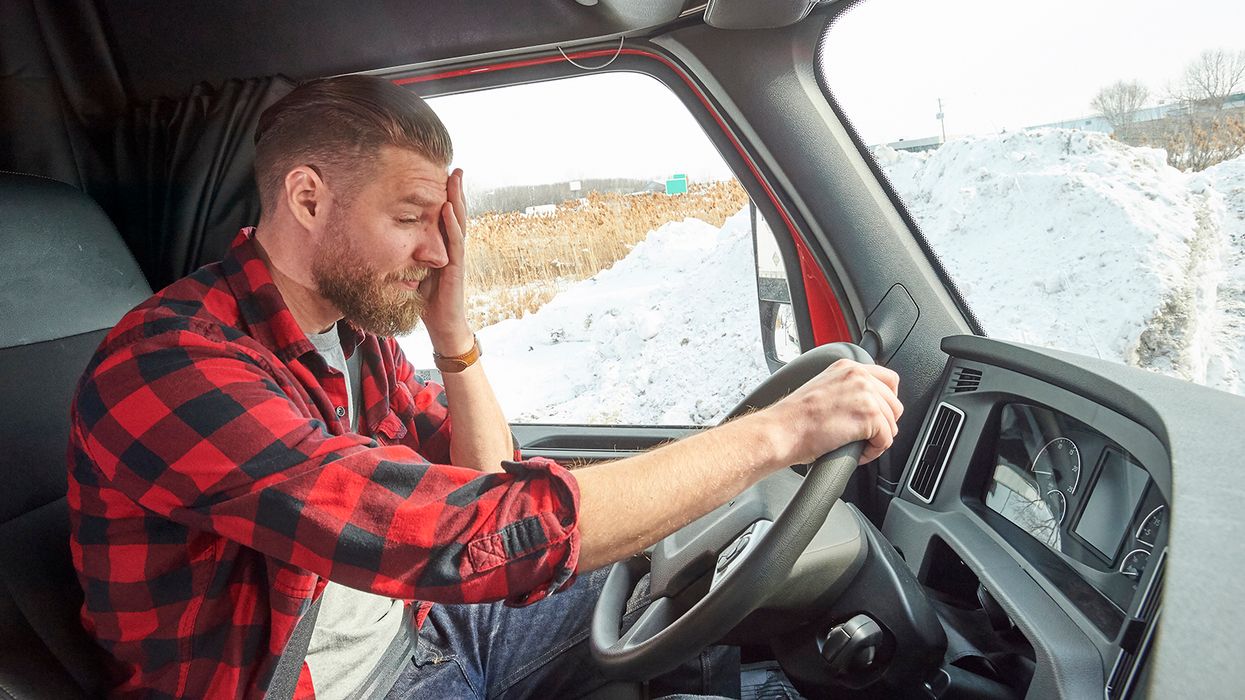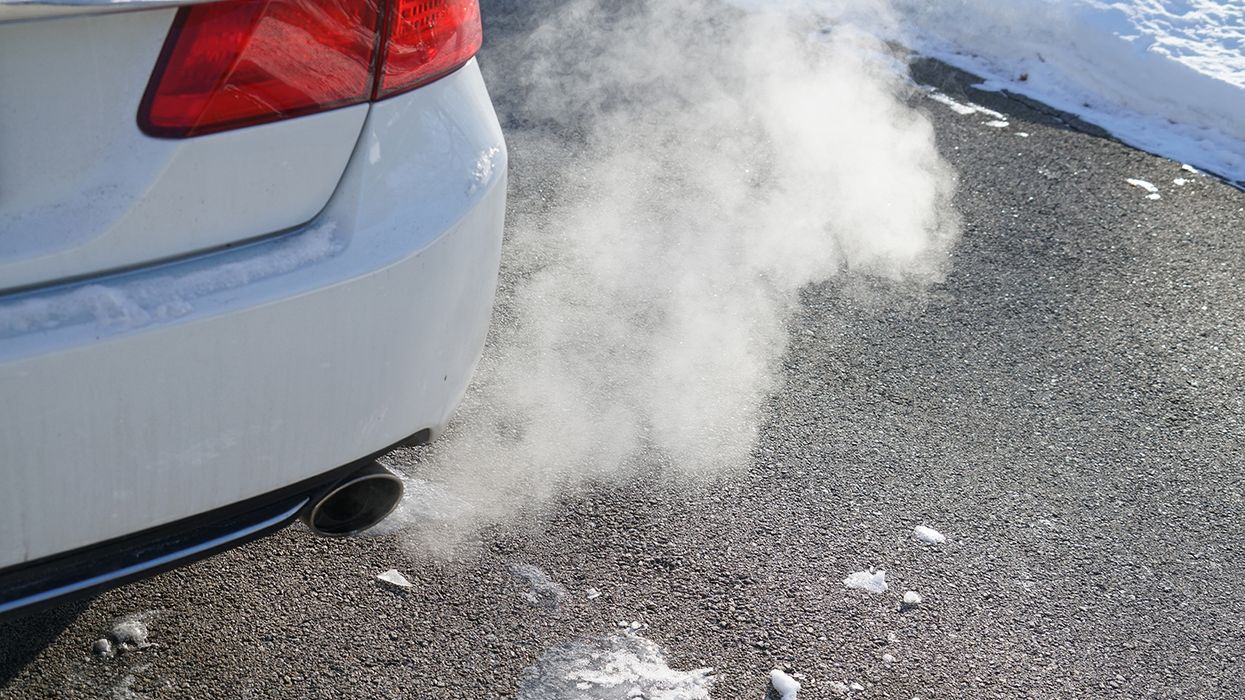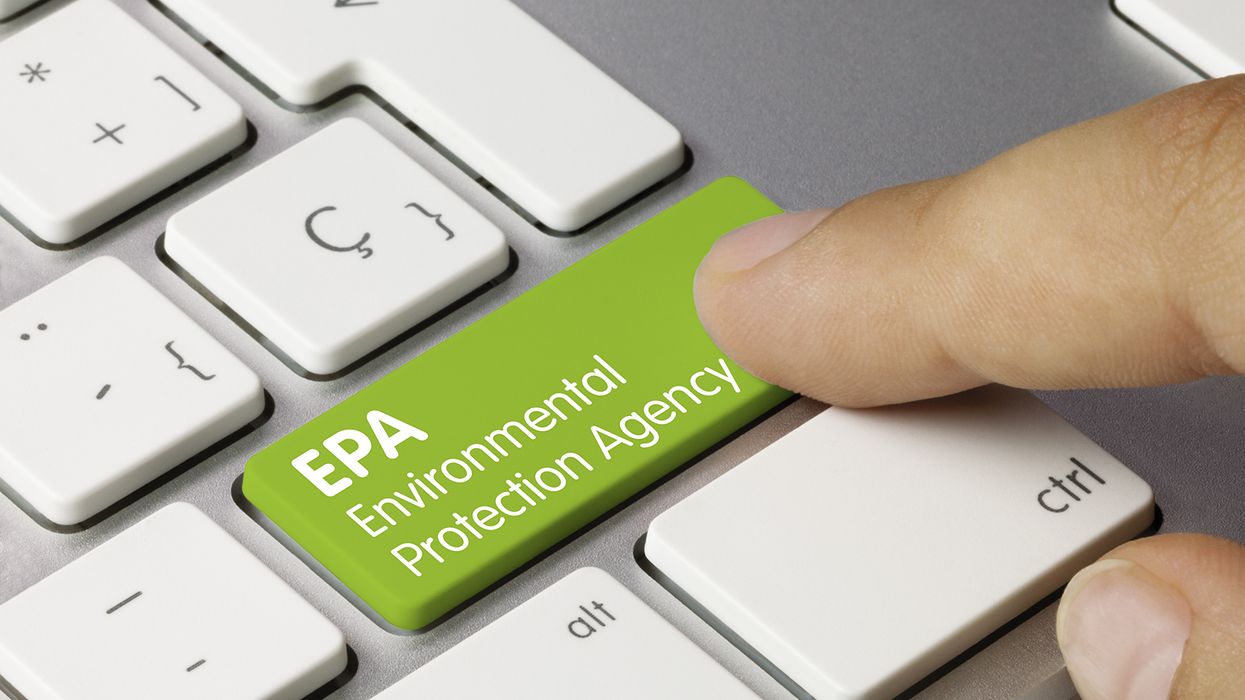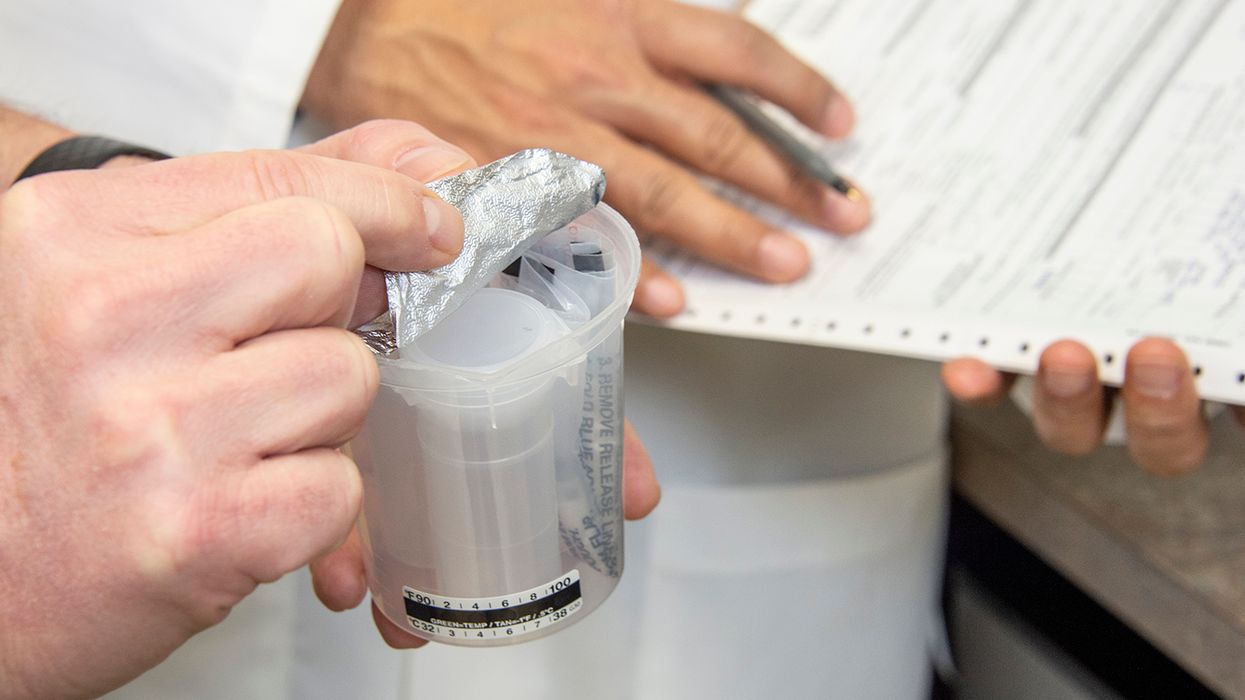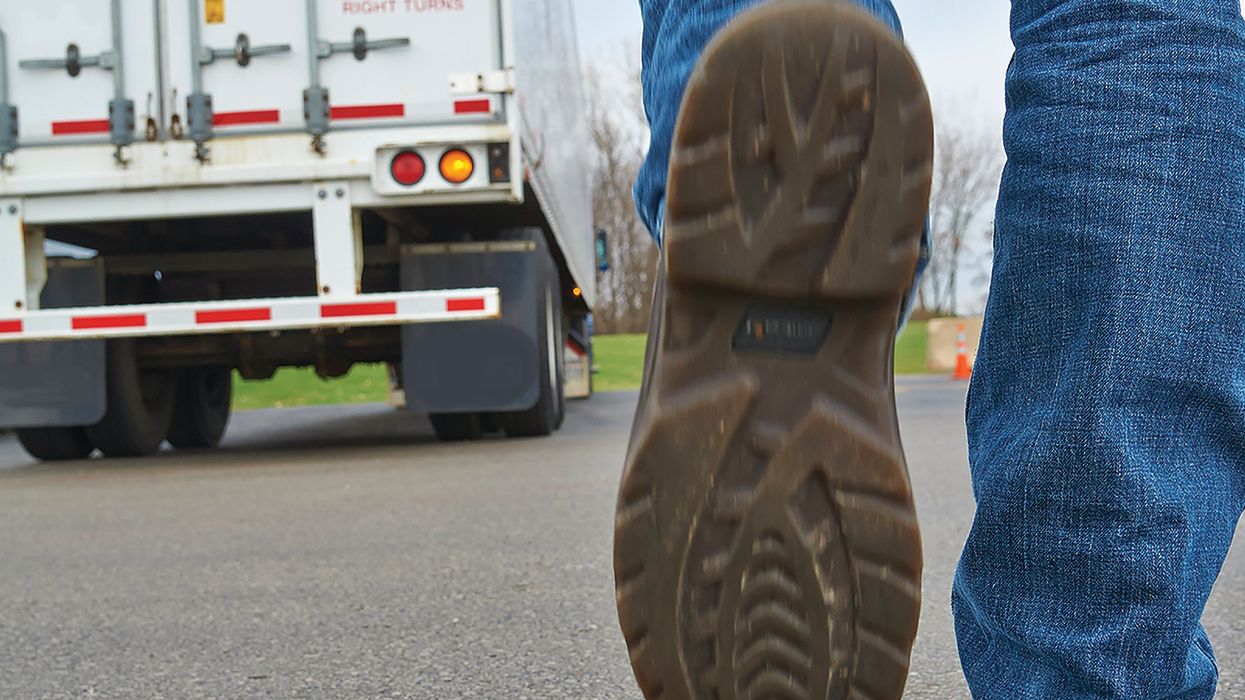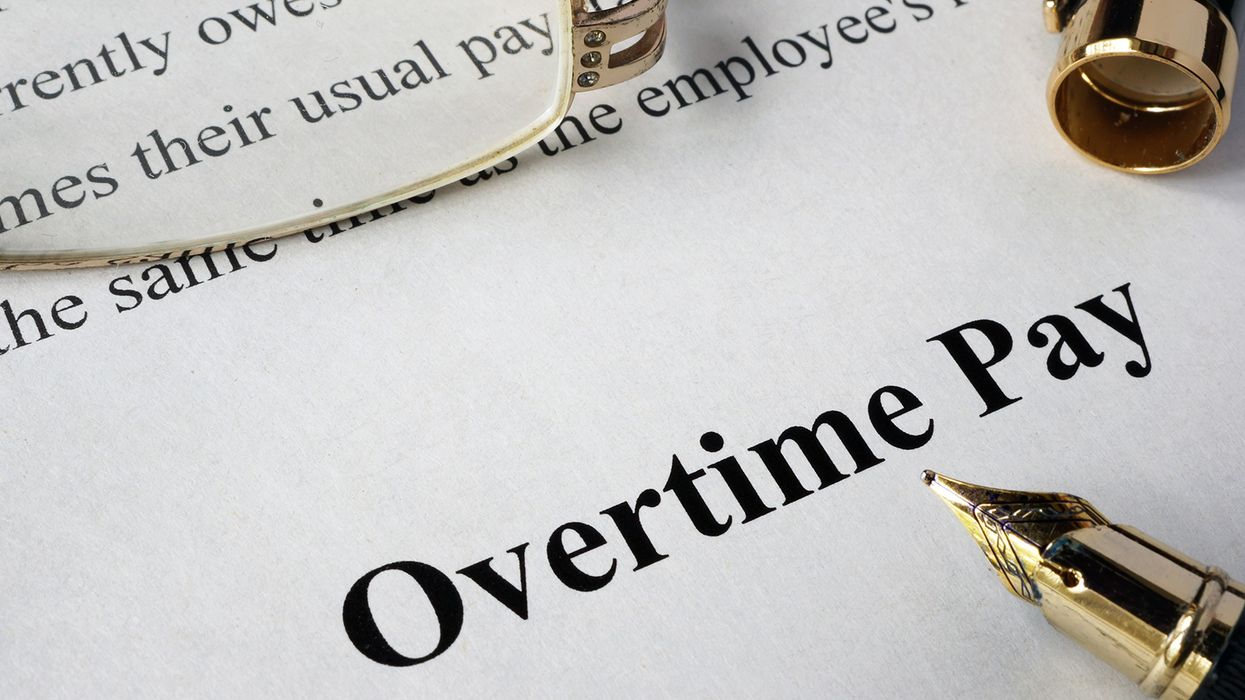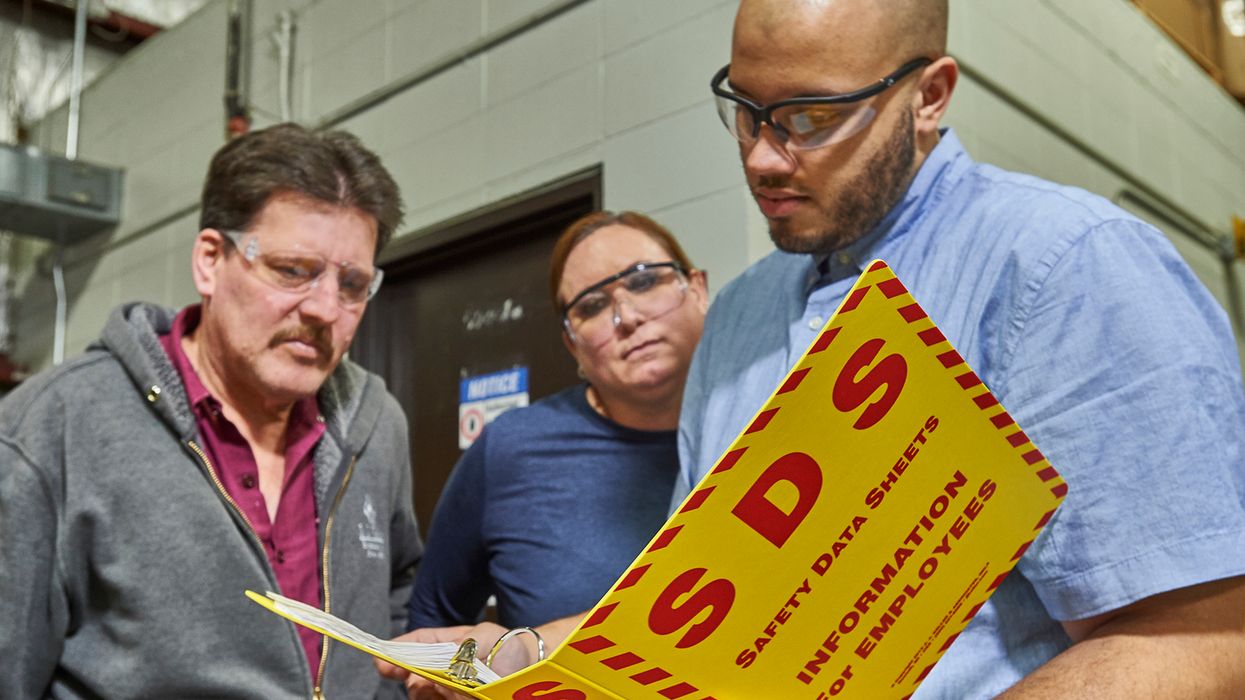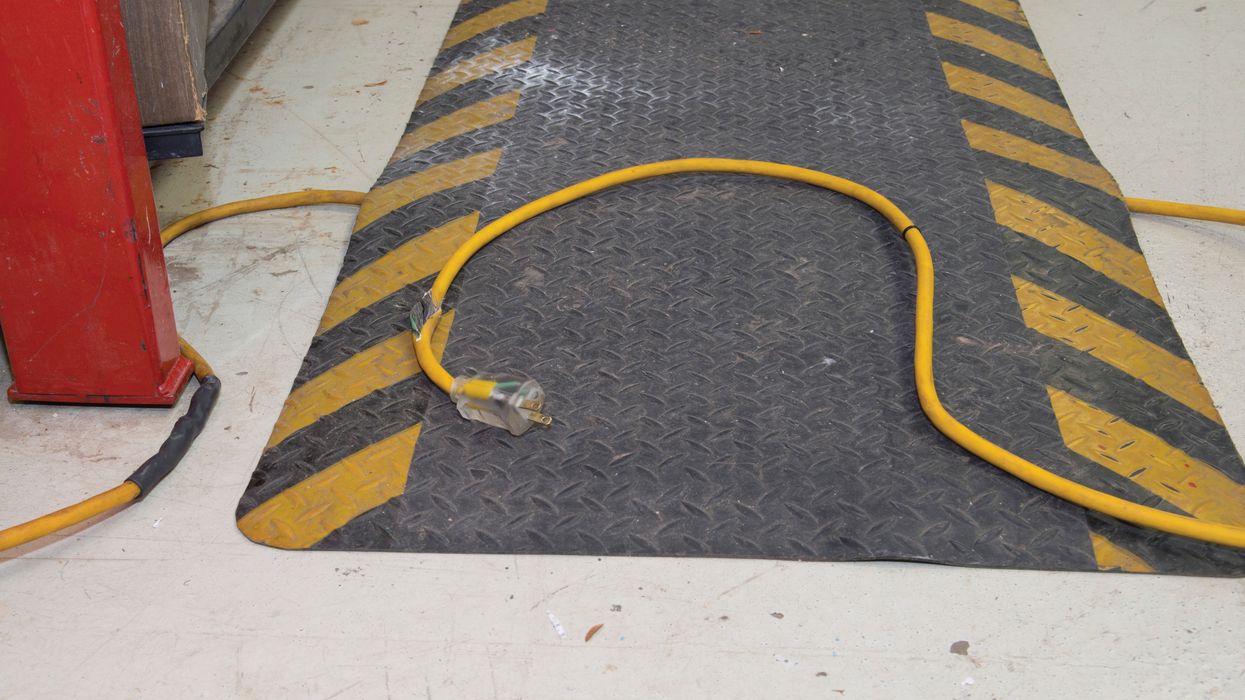Landscaping season is in full swing: Are your workers safe?
A 32-year-old worker was operating a riding lawnmower along the edge of a steep embankment with a 10-foot drop to a drainage ditch. The lawnmower overturned, pinning the worker at the bottom of the ditch for five minutes before coworkers managed to free the worker. The injured worker was transported to the hospital but died from the injuries three days later. This tragic incident shows the kind of hazards landscaping employees face. Heat and unsafe operation of lawn equipment are among the more obvious hazards. However, exposure to chemicals, excessive noise, heavy lifting, and repetitive motions also pose a risk. Still other hazard sources include power tools, electrical equipment, motor vehicles, rough terrain, and trenching/excavations.
As illustrated earlier, these hazards can be deadly. A Bureau of Labor Statistics report shows 1,242 work-related fatalities occurred in the landscaping and groundskeeping industry from 2011 to 2022. That’s over 100 per year!
Regulatory requirements depend on hazard exposures
You won’t find a comprehensive OSHA regulation for landscaping or lawncare. Instead, the agency relies on its general industry and construction standards, where applicable. OSHA highlights the following standards, but there may be others:
- Bloodborne pathogens — 1910.1030;
- Electrical safety — 1910.332, 1910.333, 1910.334, and 1926.403;
- Excavation — 1926.651;
- Fall protection — 1910.28 and 1926.501;
- Hazard communication (HazCom) — 1910.1200;
- Housekeeping — 1926.25;
- Lockout/tagout — 1910.147;
- Medical and first aid — 1910.151 and 1926.50;
- Personal protective equipment (PPE) — 1910.132, 1910.134, 1910.135, 1910.136, 1926.100, 1926.101, and 1926.102;
- Respirable crystalline silica — 1926.1153;
- Rollover protective structures — 1926 Subpart W;
- Sanitation — 1910.141 and 1926.51;
- Telecommunications — 1910.268;
- Tools— 1910.243 and 1926.307;
- Lift trucks and other vehicles — 1910.67, 1910.178, 1910.180, 1926.600, 1926.601, 1926.602, and 1926.604; and
- Walking-working surfaces — 1910.22, 1910.23, 1910.27, 1910.30, 1926.451, and 1926.1060.
If the work is considered a maintenance activity, it’s covered by general industry regulations in 29 CFR 1910. If it’s considered a construction activity, you must follow applicable construction regulations in 29 CFR 1926. OSHA defines construction work as “construction, alteration, and/or repair, including painting and decorating.”
As an employer, you must assess the hazards employees are exposed to, determine and meet applicable regulations, and provide required training.
Biggest OSHA violations for the industry
The landscape and horticultural services sector is identified as North American Industry Classification System (NAICS) code 561730. The top OSHA violations for that code tell you where the industry was cited in fiscal year 2024:
- 1926.1153 – Respirable crystalline silica. This regulation applies to occupational exposures to respirable crystalline silica in construction work and includes provisions for protection and training.
- Section 5(a) of OSH Act - General Duty Clause. Violations may include heat/cold exposure and ergonomics, and other serious, recognized hazards not found in Parts 1910 and 1926.
- 1910.67 – Vehicle-mounted elevating and rotating work platforms. Employees must be trained to use powered platforms, manlifts, and vehicle-mounted work platforms.
- 1910.132 – PPE – general. Employers must conduct a hazard assessment, select appropriate PPE for employee use, and train employees on its proper use and care.
- 1910.135 – Head protection. Employees must wear head protection when working in areas where there’s potential for injury from falling objects and when working near exposed electrical conductors.
- 1910.1200 – HazCom. Employers must have a written HazCom program, make safety data sheets available, ensure hazardous chemical container labeling, and train employees exposed to hazardous chemicals.
- 1910.28 – Duty to have fall protection and falling object protection. Employers must provide protection and training for each employee exposed to fall and falling object hazards.
- 1910.180 – Crawler locomotive and truck cranes. Only designated personnel may operate cranes covered by 1910.180. There also are requirements for load ratings, inspections, and operational tests of equipment.
- 1910.333 – Electrical - selection and use of work practices. Employees must use safe work practices to prevent electric shock or other injuries resulting from electrical contact. These practices must be consistent with the nature and extent of the electrical hazards present.
- 1910.30 – Walking-working surfaces – training requirements. Training must be provided to employees who use personal fall protection systems and certain other equipment such as ladders, ladder safety systems, portable guardrails, designated areas, scaffolds, safety net systems, and rope descent systems.
Beyond the regulations
Regulatory requirements set a foundation for landscape employee safety and health. However, it’s important to note that machinery and equipment manuals provide guidelines for safe operation and use. Some manufacturers and distributors also offer training on the equipment they sell. Finally, safety data sheets and chemical labels offer employees precautionary information about hazardous chemicals.
Key to remember: Landscaping presents a variety of hazards. If you are an employer in the industry, you must perform a hazard assessment, determine and meet applicable general industry and construction regulations, and train employees. In addition, consider the guidelines found in equipment manuals.

